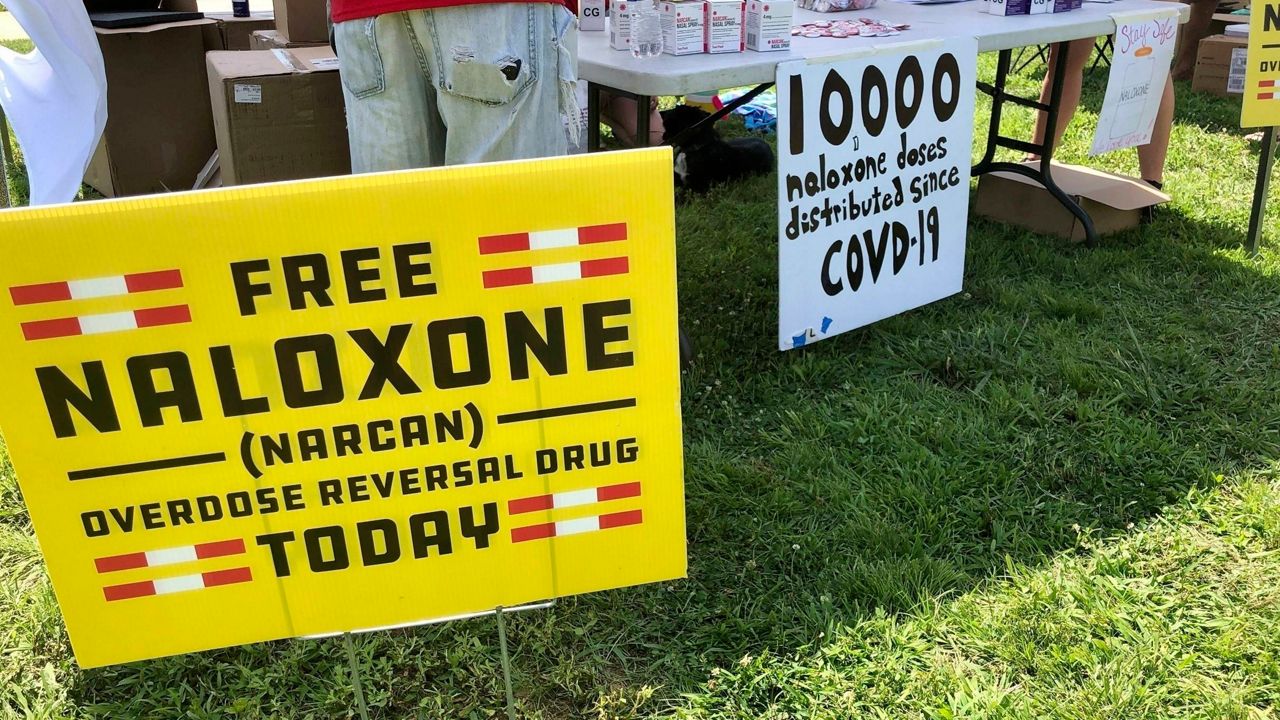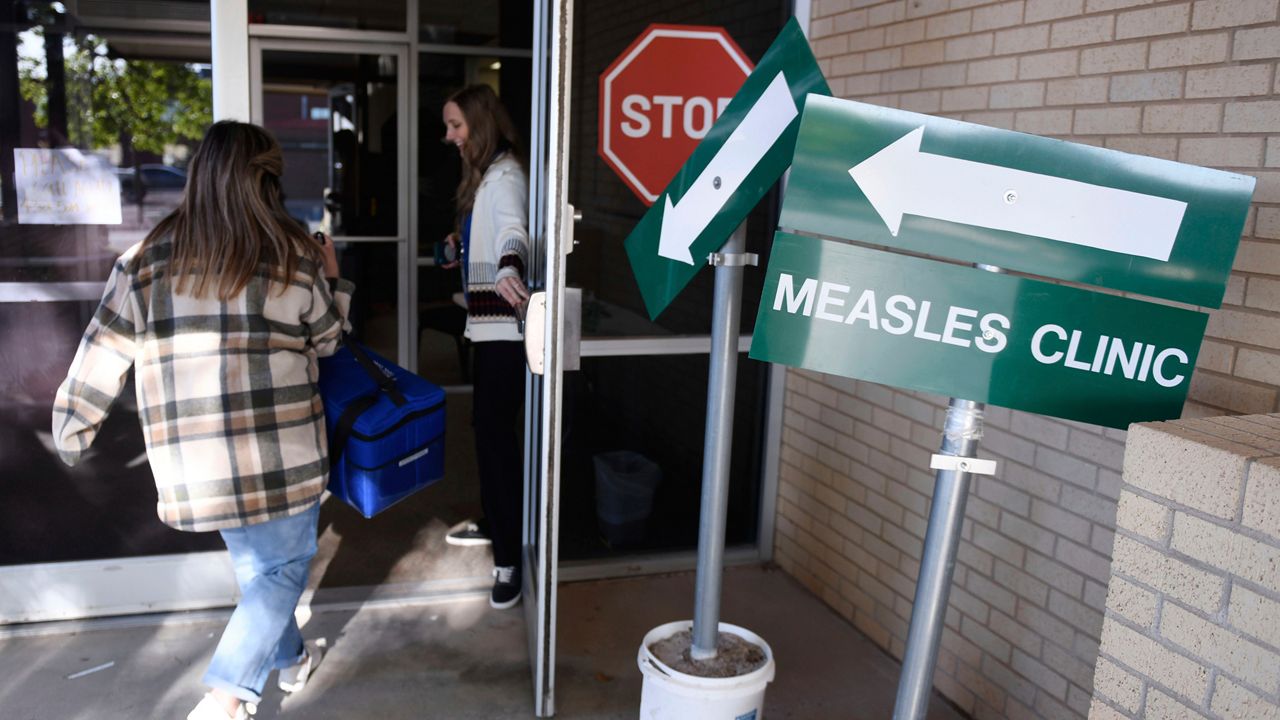CHARLOTTE, N.C. — A new technology is helping the visually impaired and legally blind see clearly again.
- The device eSight 4 is an electronic eyepiece for the visually impaired and legally blind
- It combines camera and lens technology to allow patients to zoom in on objects far away, take pictures and adjust the lens for their eyesight
- The goal is to maximize visual information sent to the brain
Thread by thread and inch by inch, Michelle Faulkner carefully strings together materials to make a pillow. Crafting is one of her favorite activities.
“This just slows me down,” Faulkner said. “I get to think and be deep in thought.”
Sewing involves precise finger placement and use of small needles. There was a time when Faulkner couldn’t use a sewing machine. She is legally blind due to diabetic retinopathy and glaucoma. That’s why she is wearing this eye device.
“Without them, even with this little light, it’s still dark,” Faulkner said. “My vision is so low. It brightens things up, and I can see detail. I can see the color of the material, and the detail of the galaxy on the pillow.”
The company eSight says its device combines camera and lens technology to allow patients to zoom in on objects far away, take pictures and adjust the lens for their eyesight. The goal is to maximize visual information sent to the brain.
“When I look at these flowers with the device on, I can see all of them perfectly,” Faulkner said. “Without them, it’s very dim, and I can’t really see the darker ones.”
Ophthalmologist Dr. Robin Ross is the chief medical officer for the Global Retina Institute. She says several of her patients use the device.
“This is the first device that has made progress for my patients,” Ross said.“This is the first device that has made progress for my patients,” Ross said. “They are telling me they are cooking again, they are seeing colors like they remember them 10 or 12 years ago."
Ross says the device is designed for the visually impaired and some who are legally blind, but not totally blind.
Faulkner says the device has given back her independence and purpose in life.
“I don’t want to just sit in a little dark corner in my house,” Faulkner said. “I have a life to live. With these, life is limitless.”
Falkner says her device costs about $6,000, and she is paying for it through a monthly plan. It’s not usually covered by insurance. Contact your eye doctor to discuss if this or another device is best for you.










